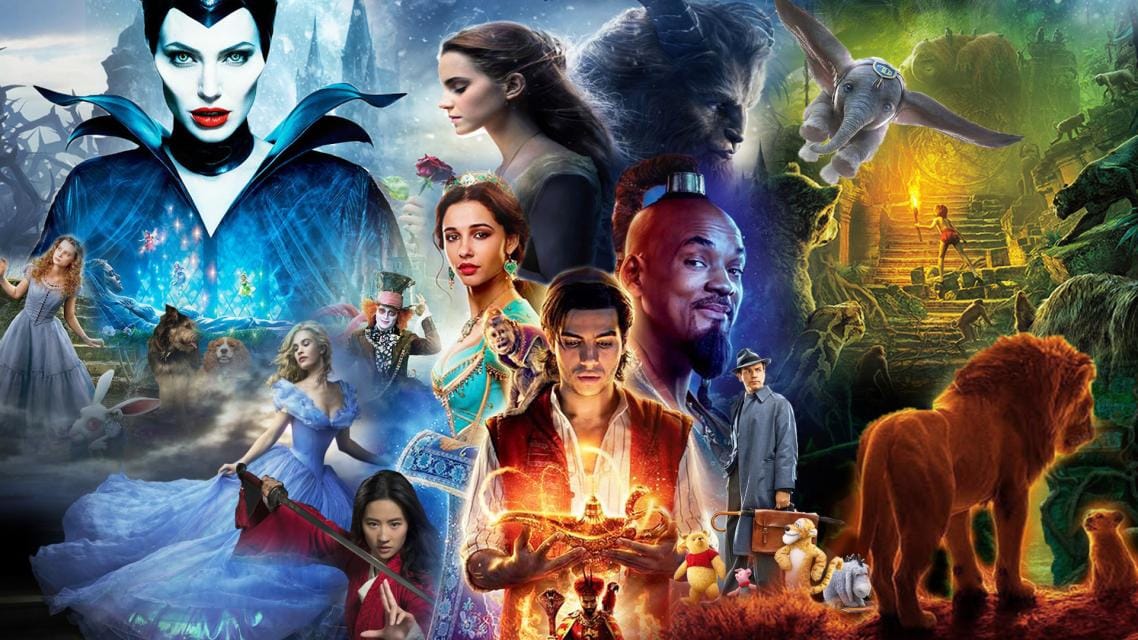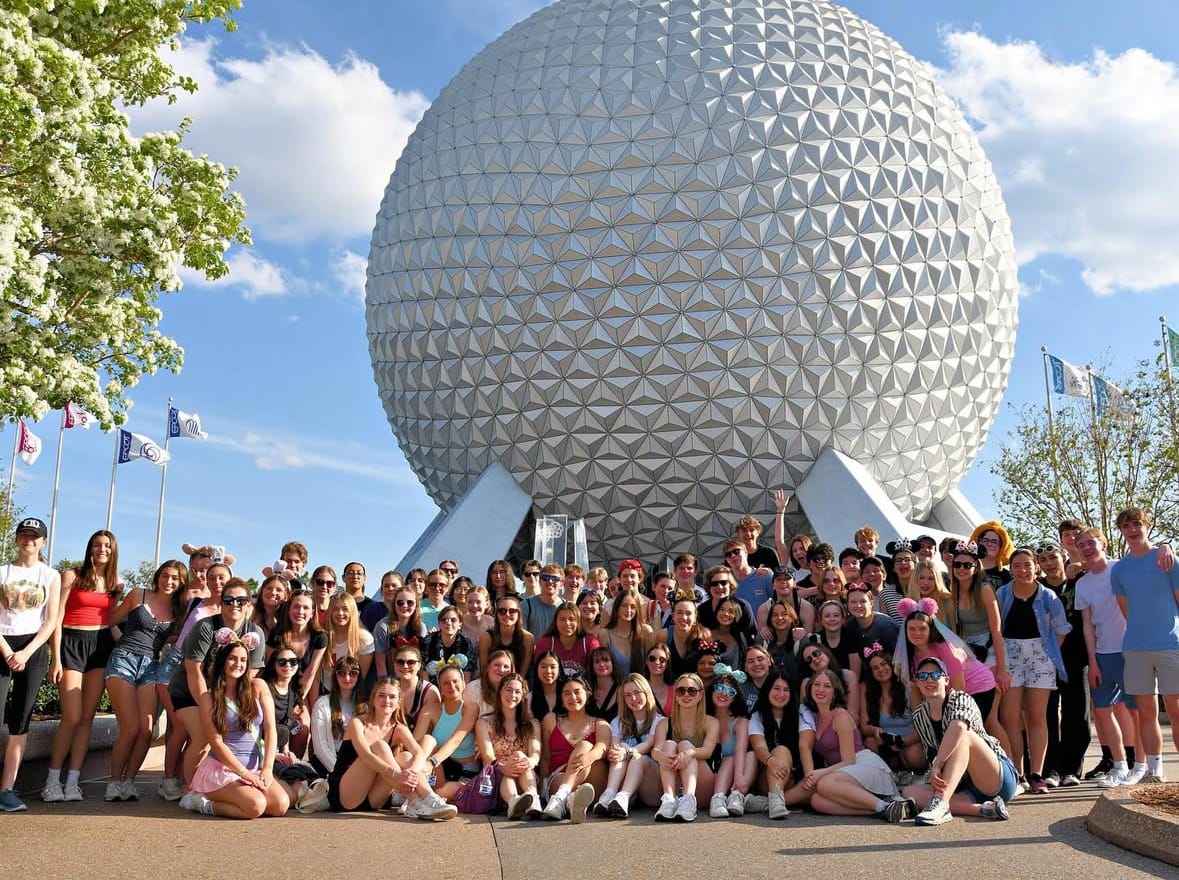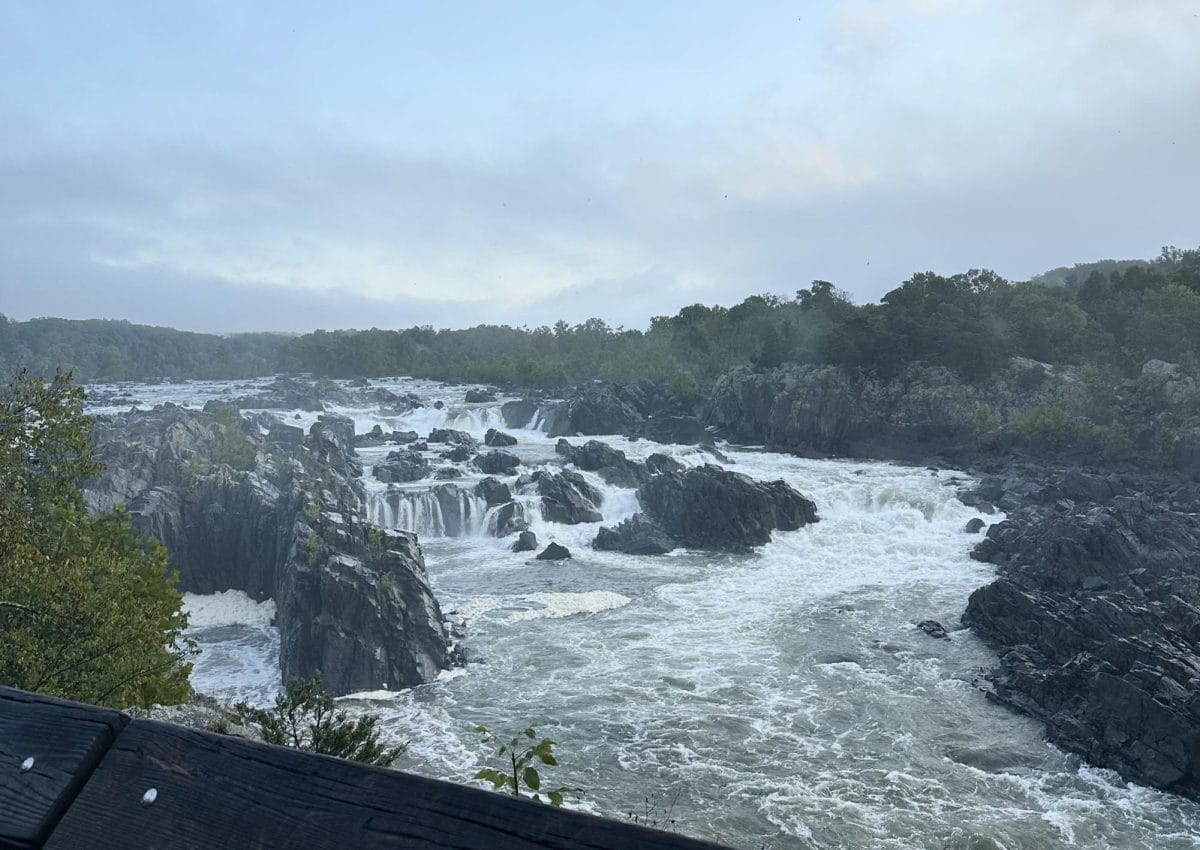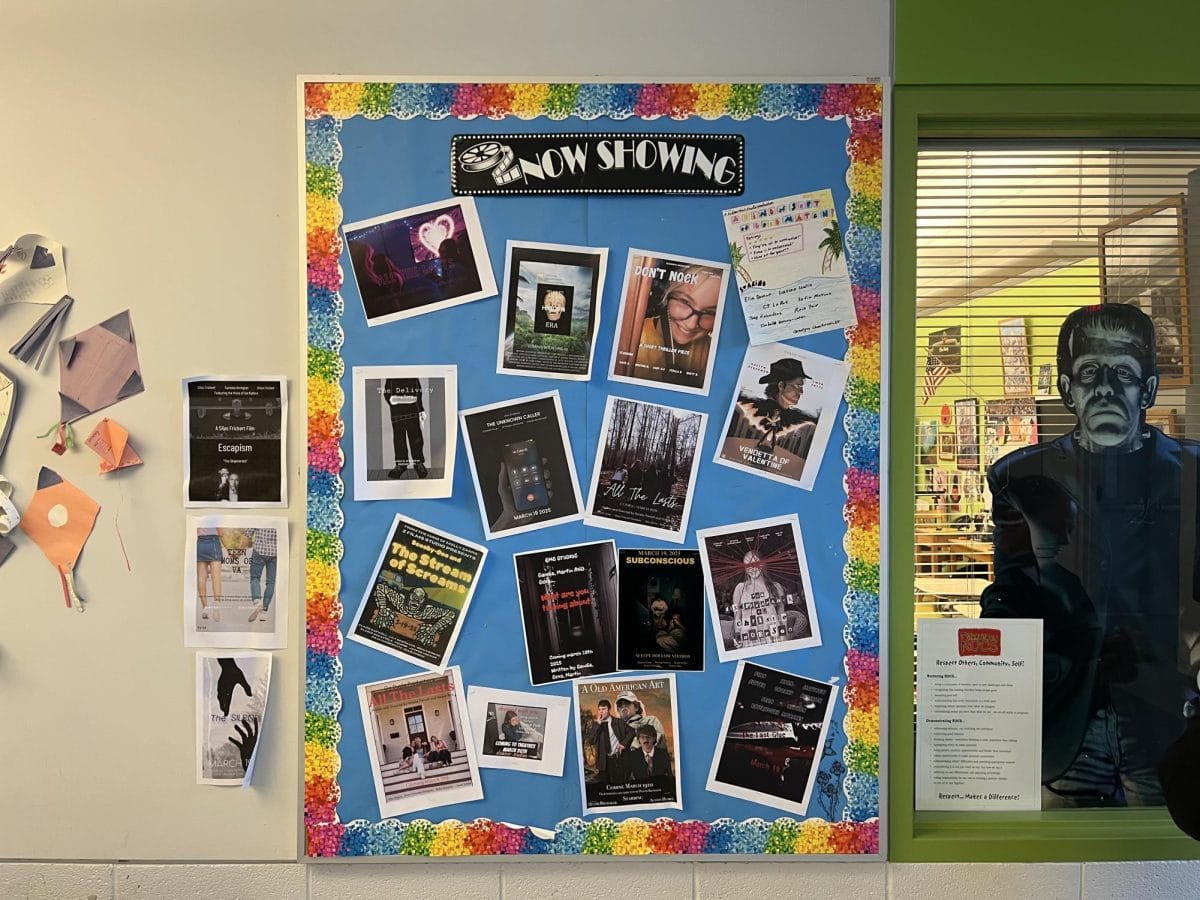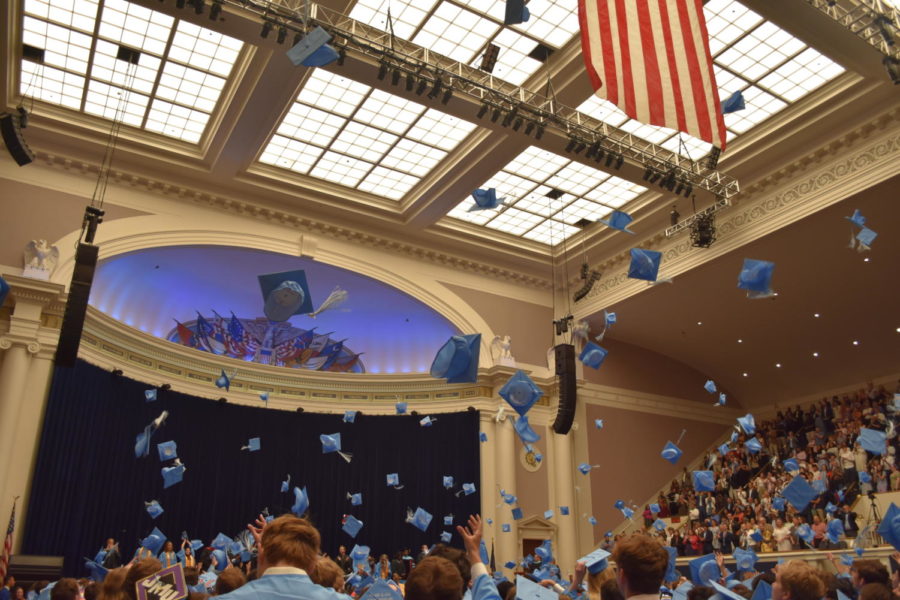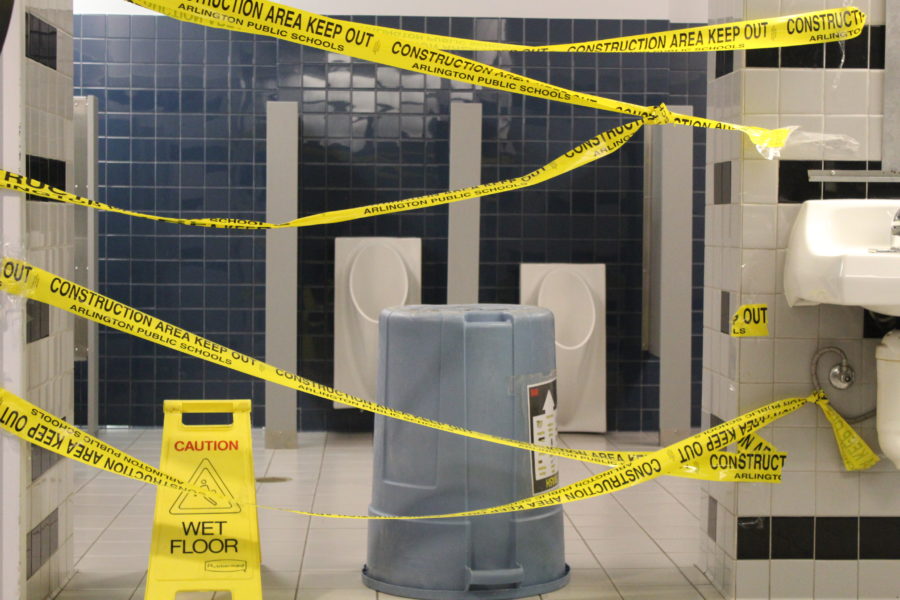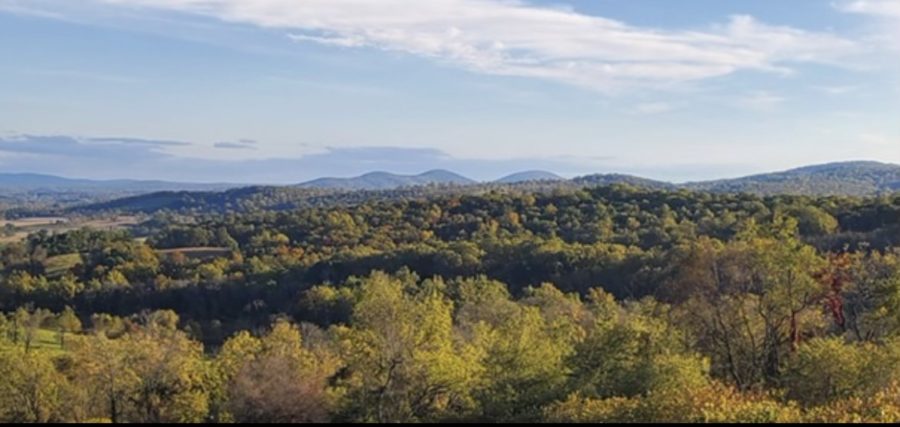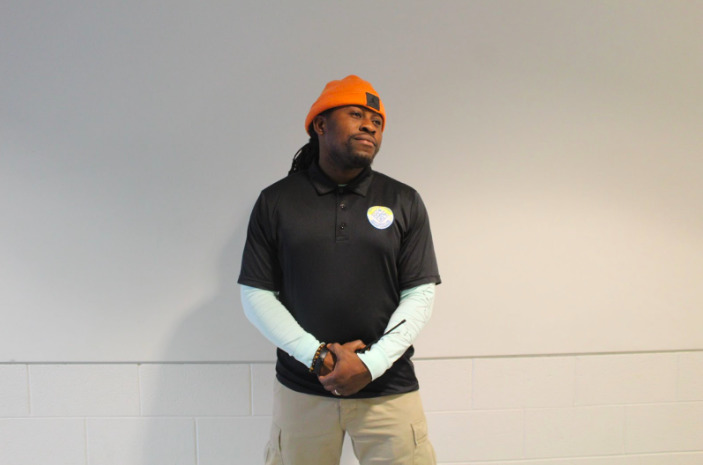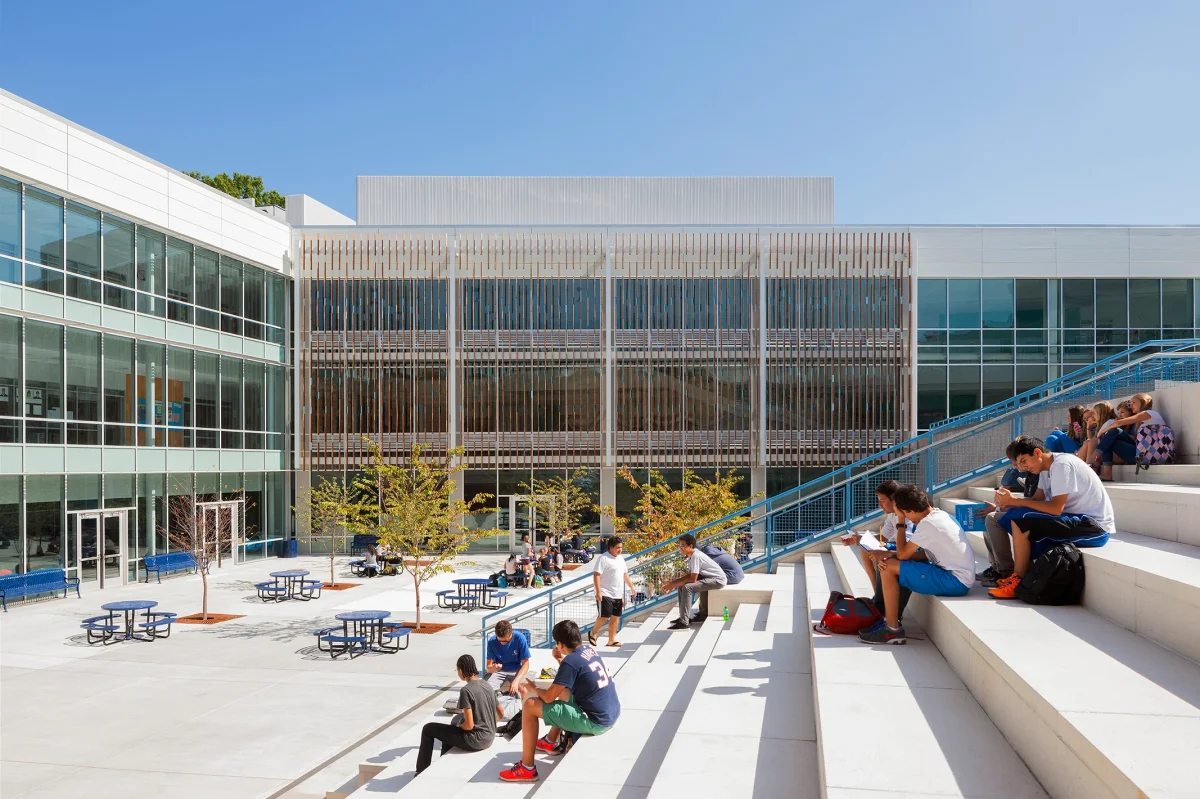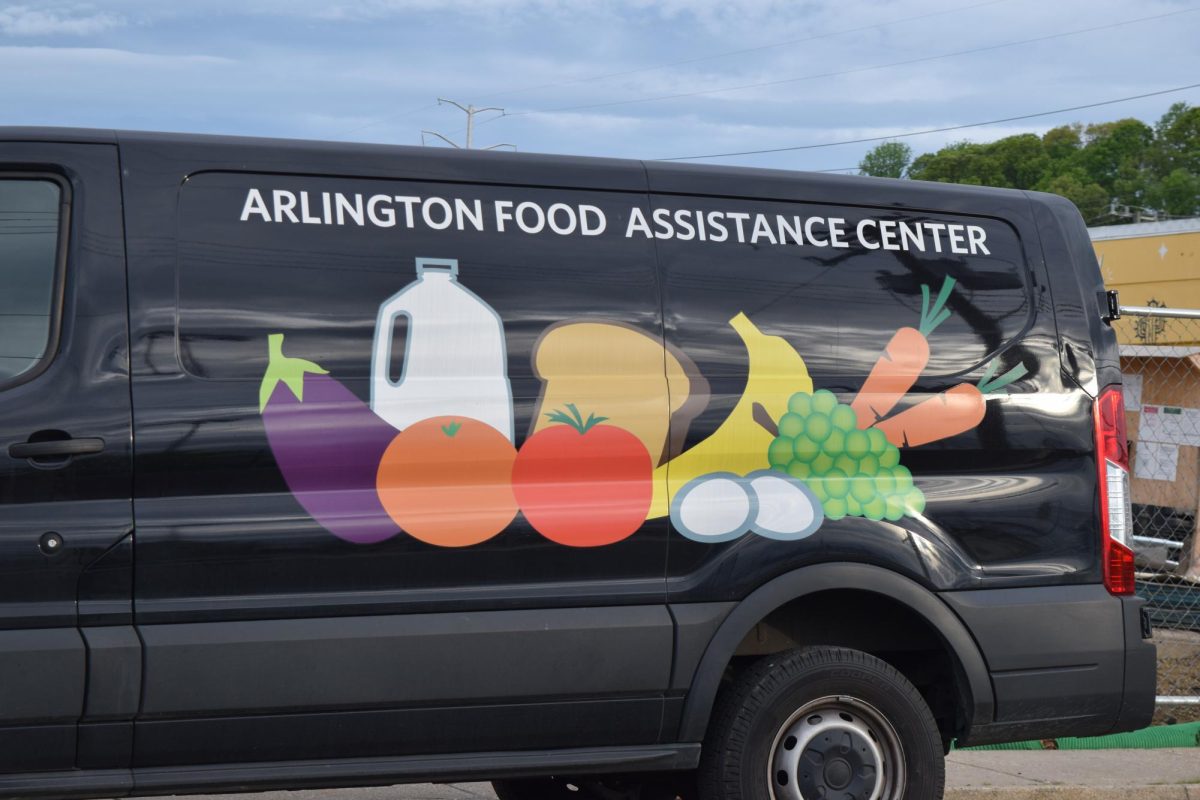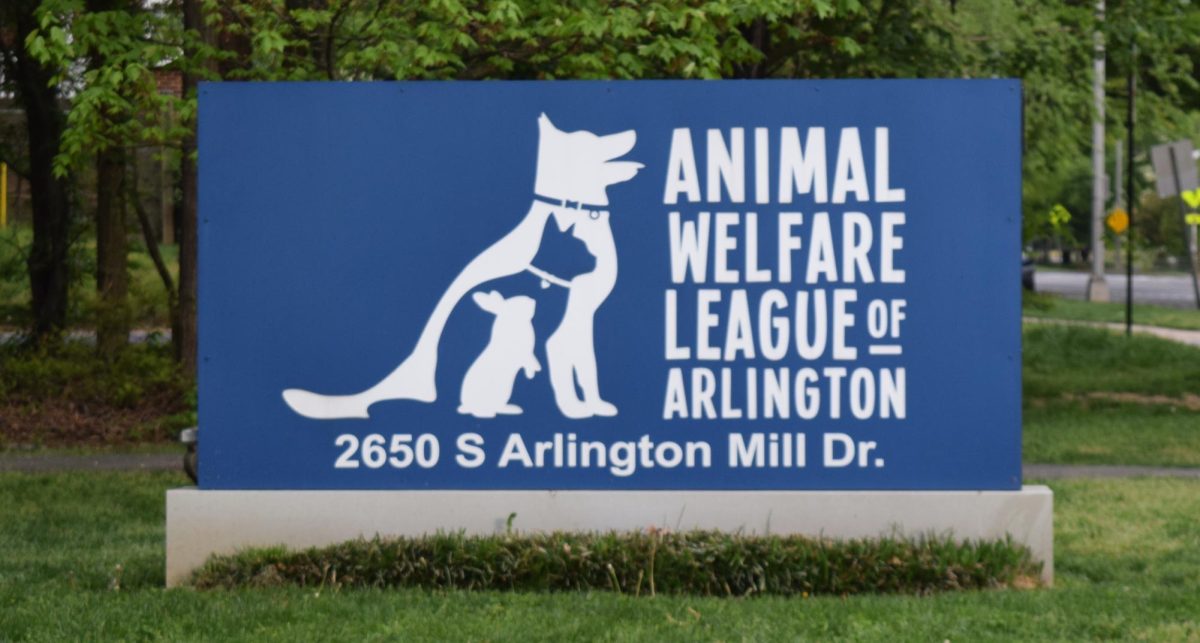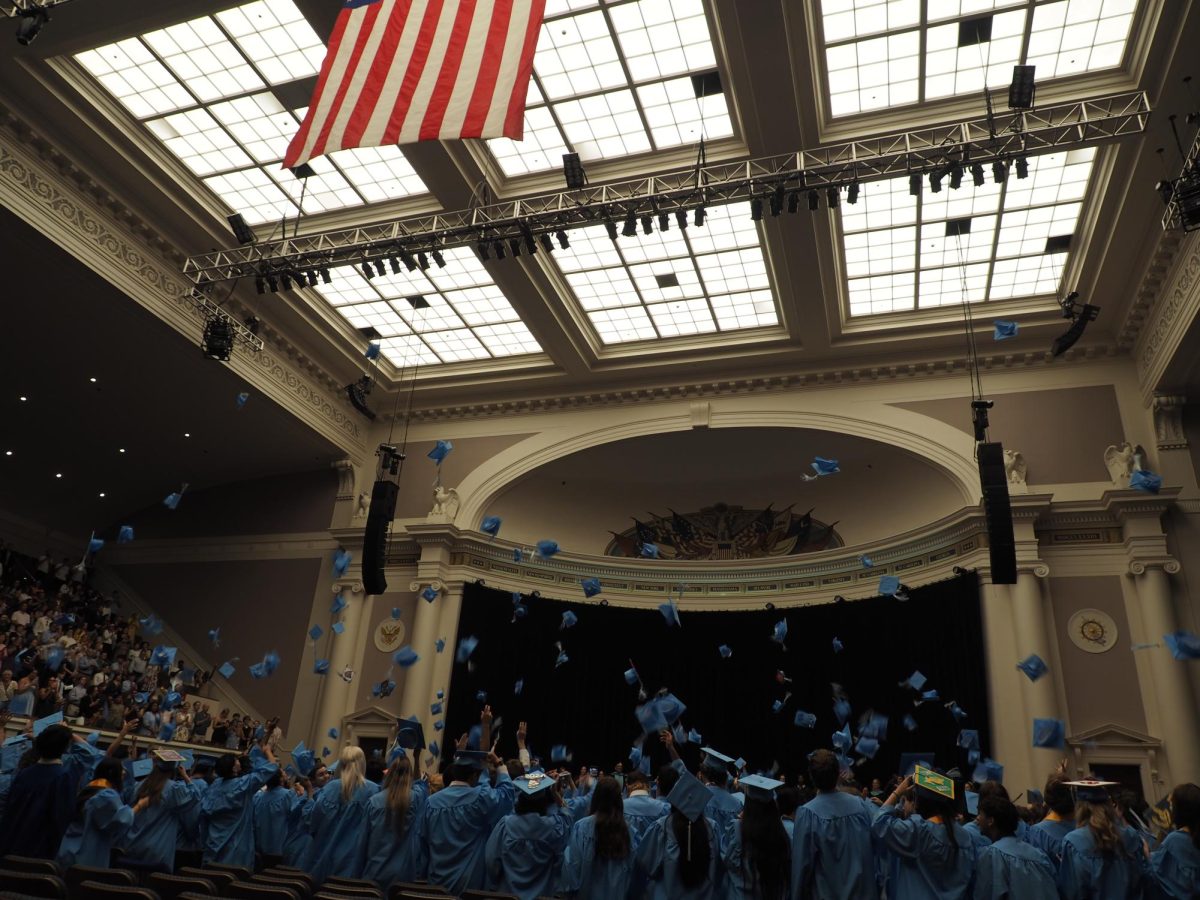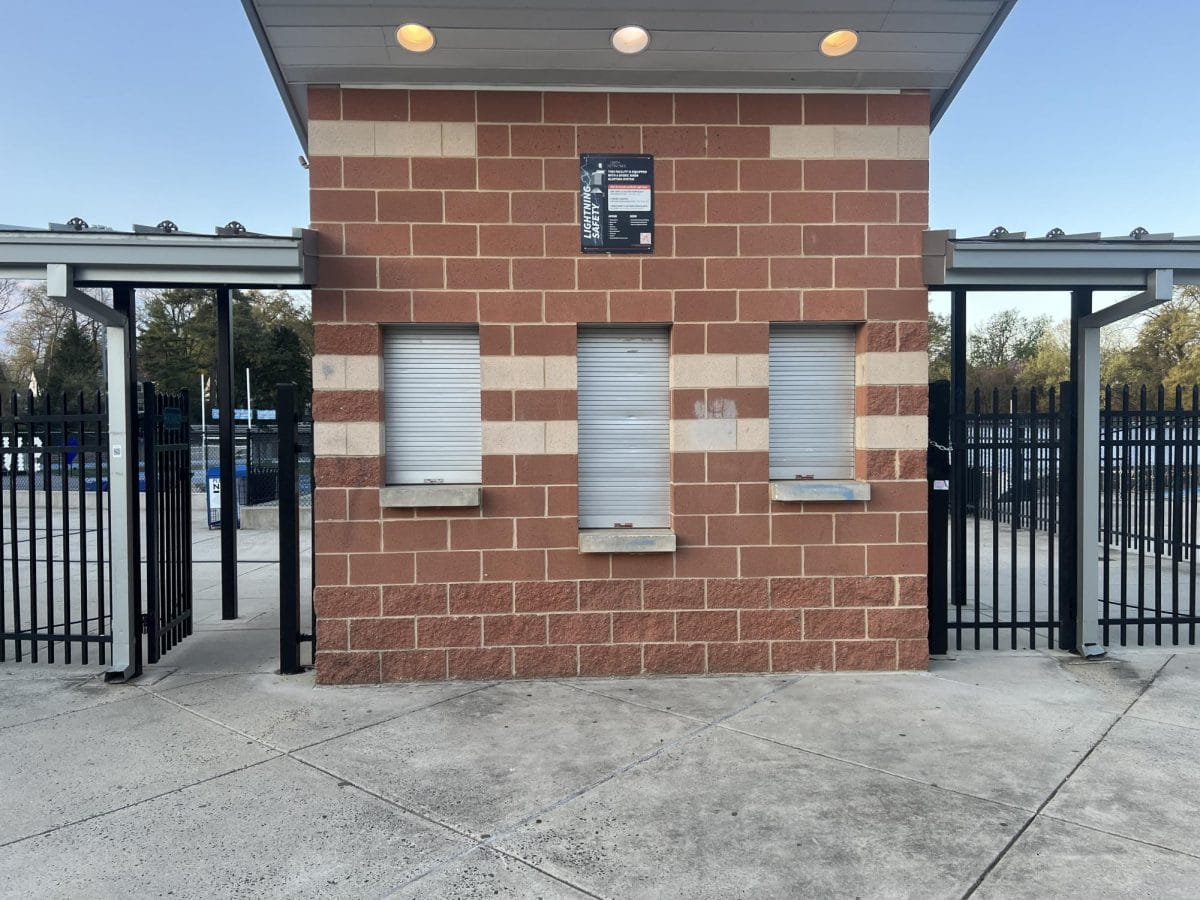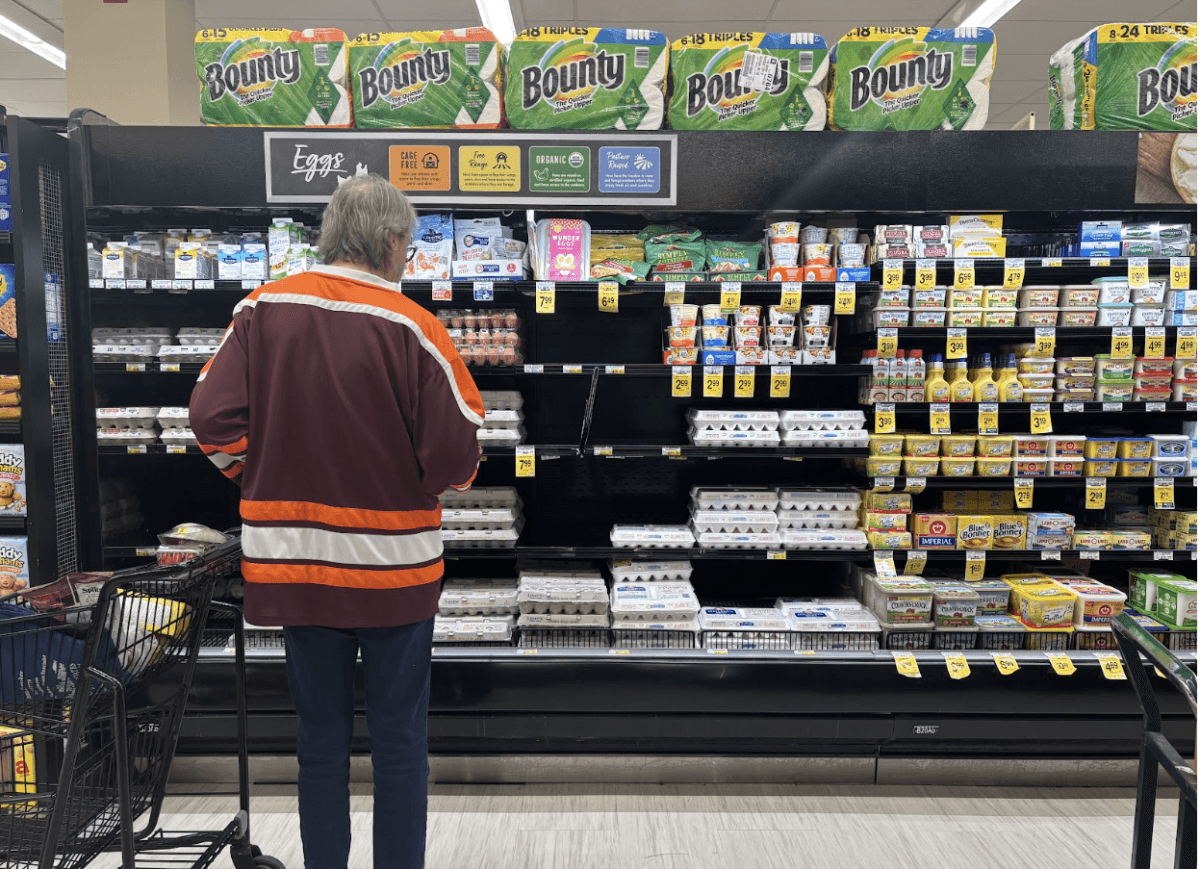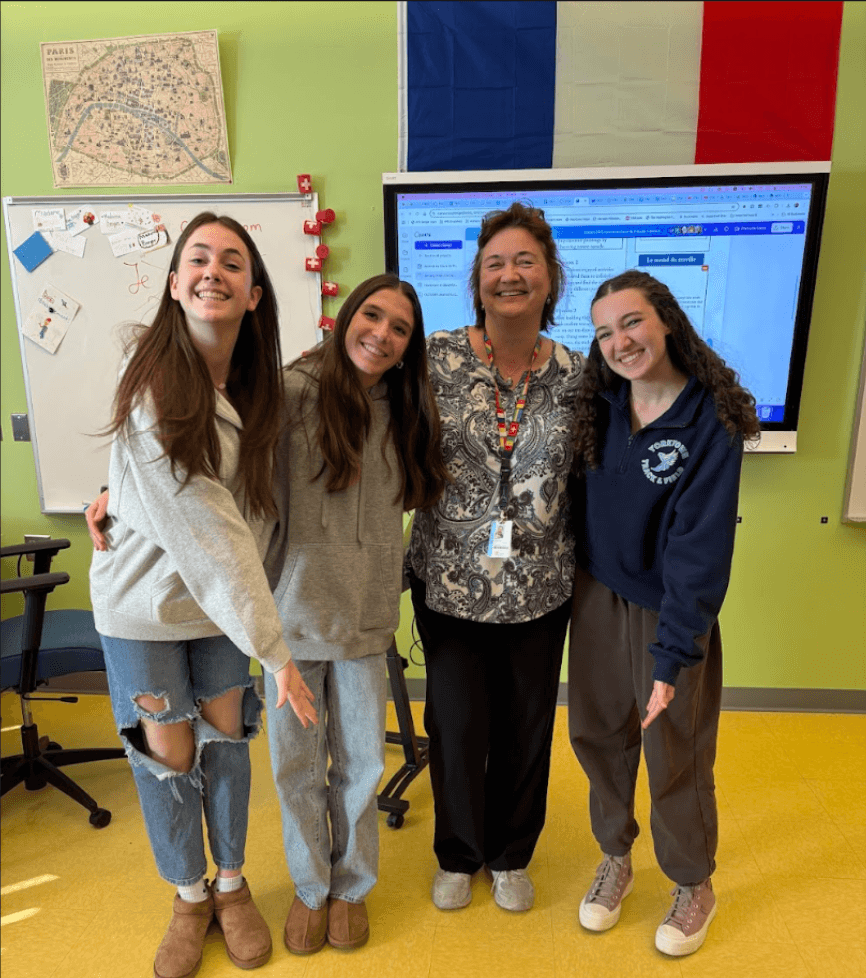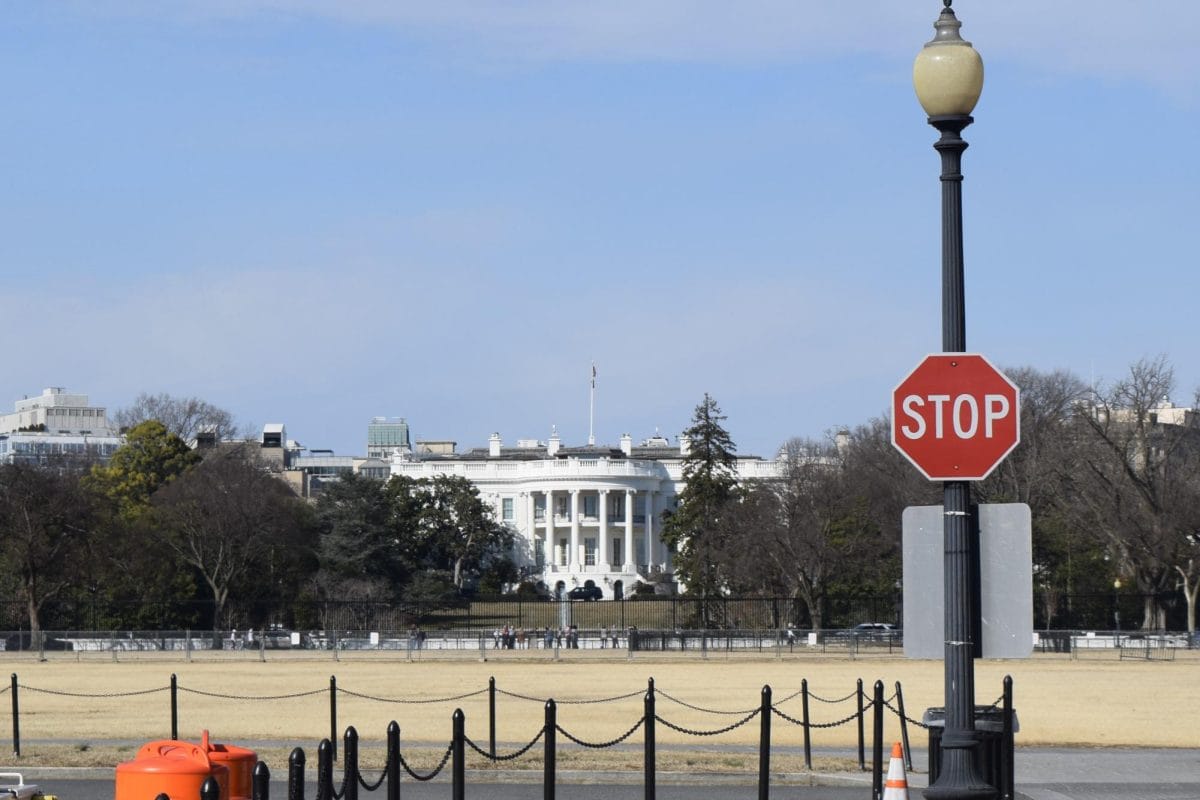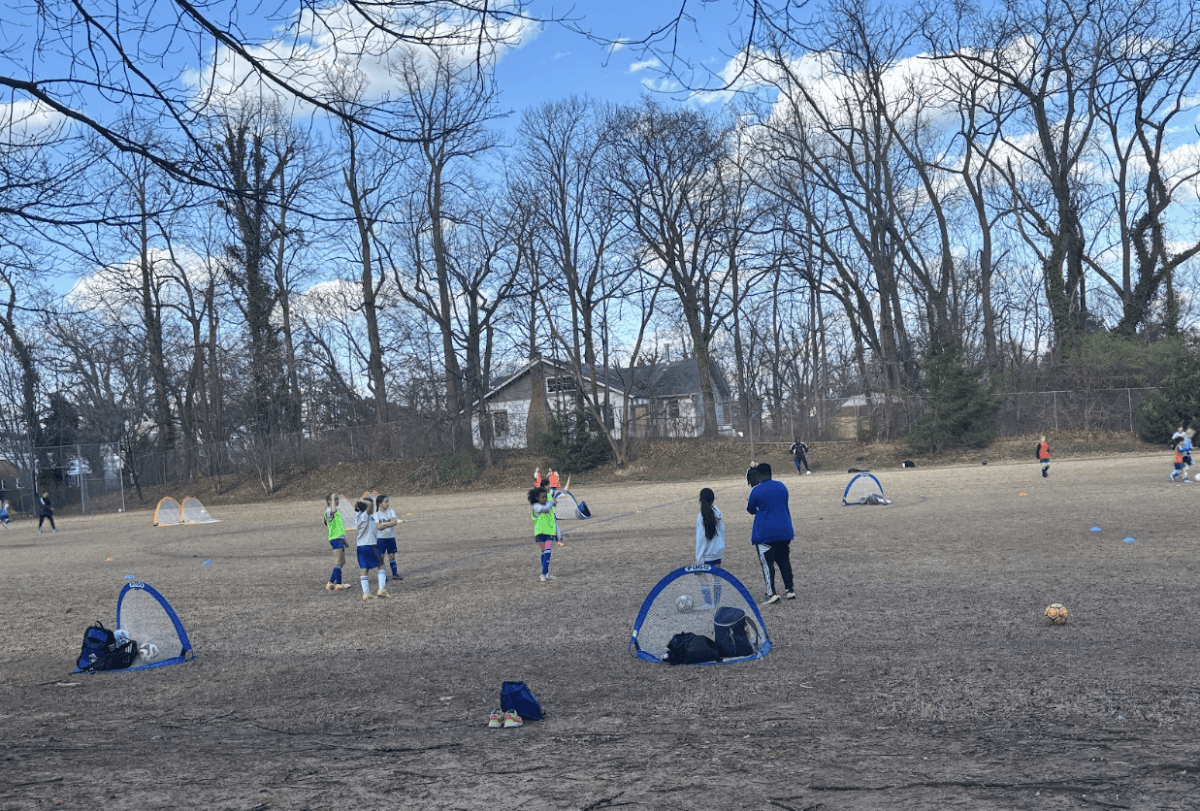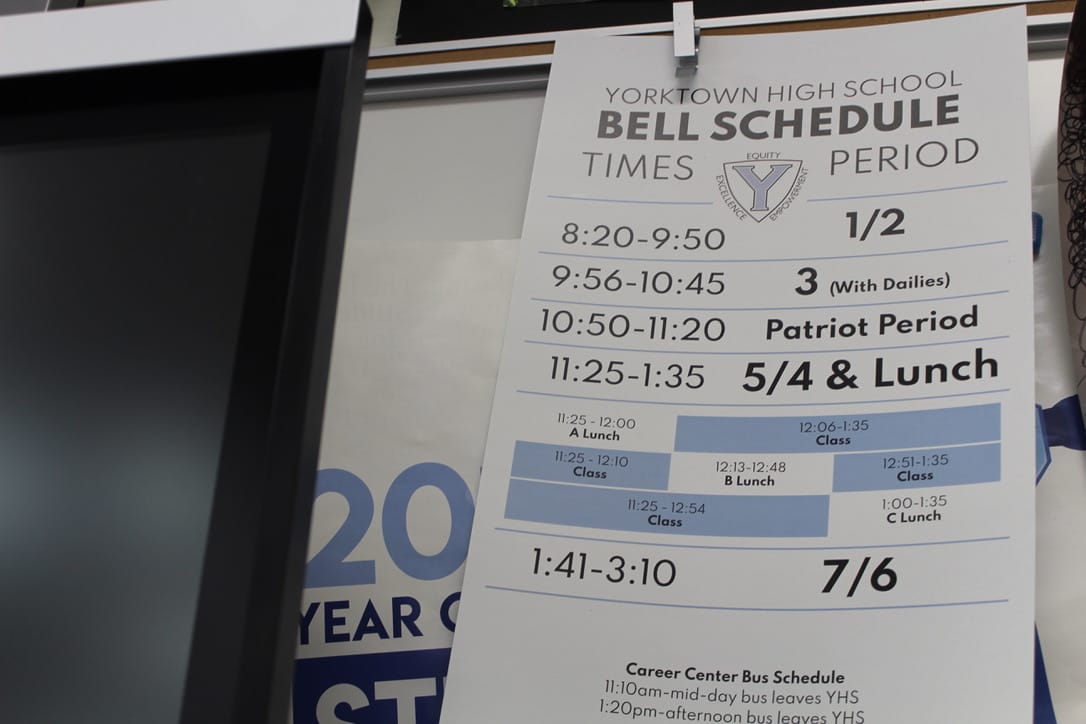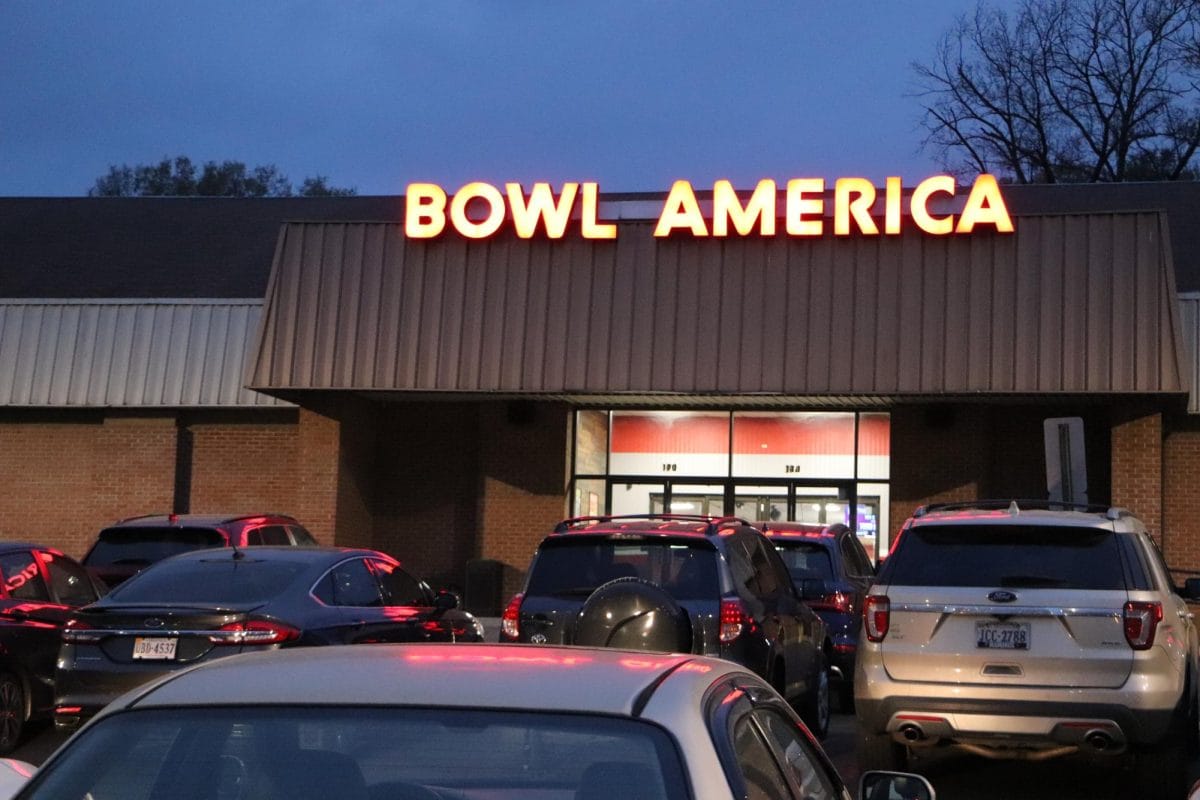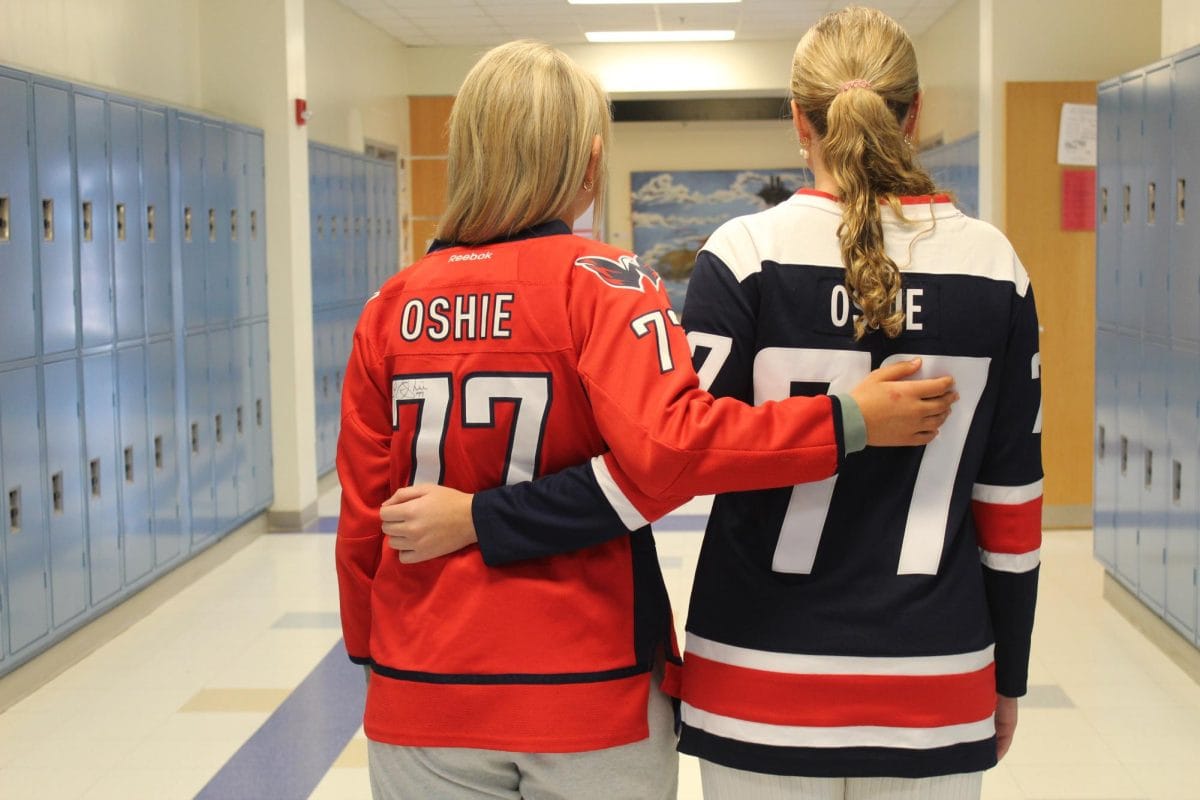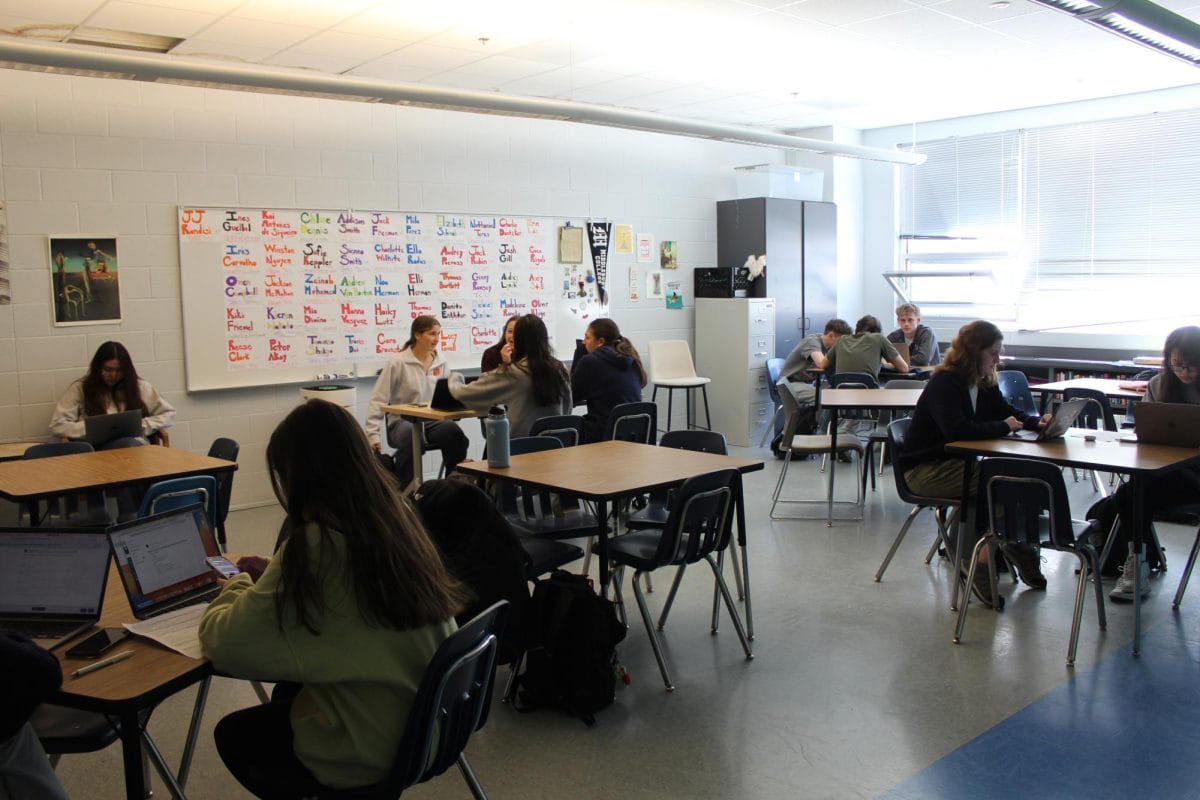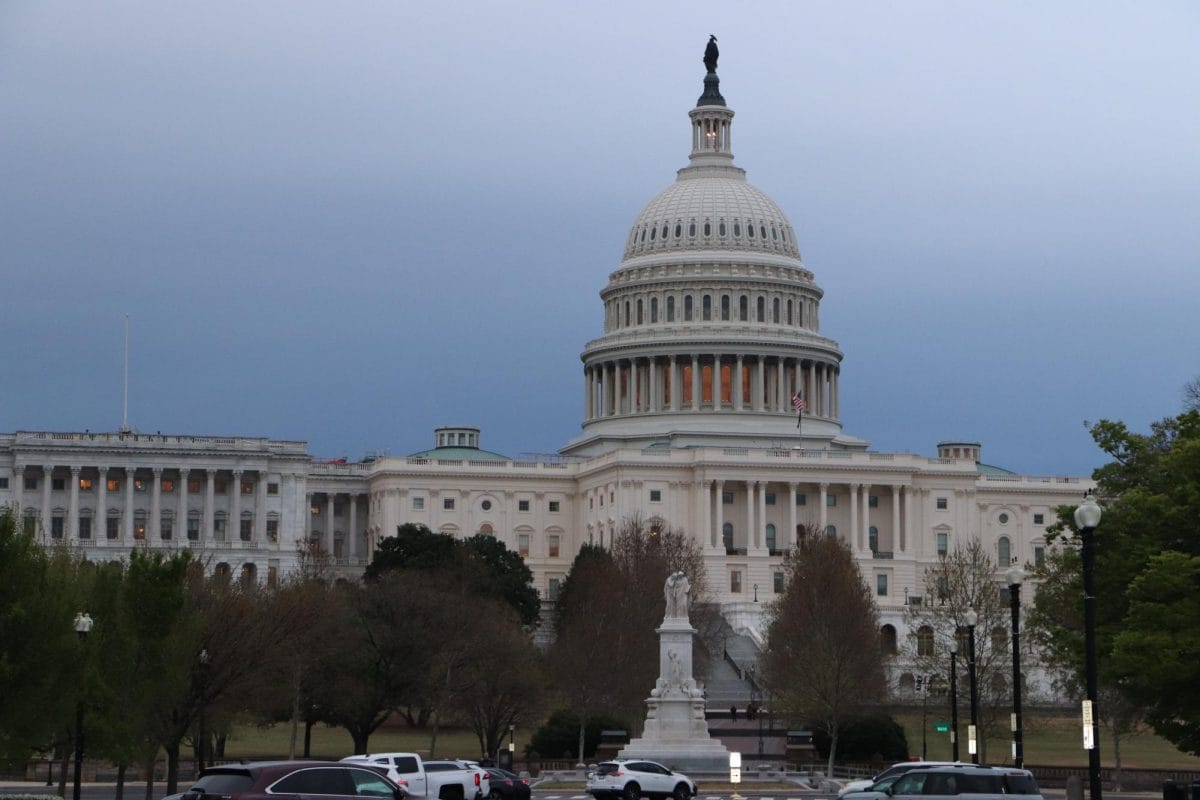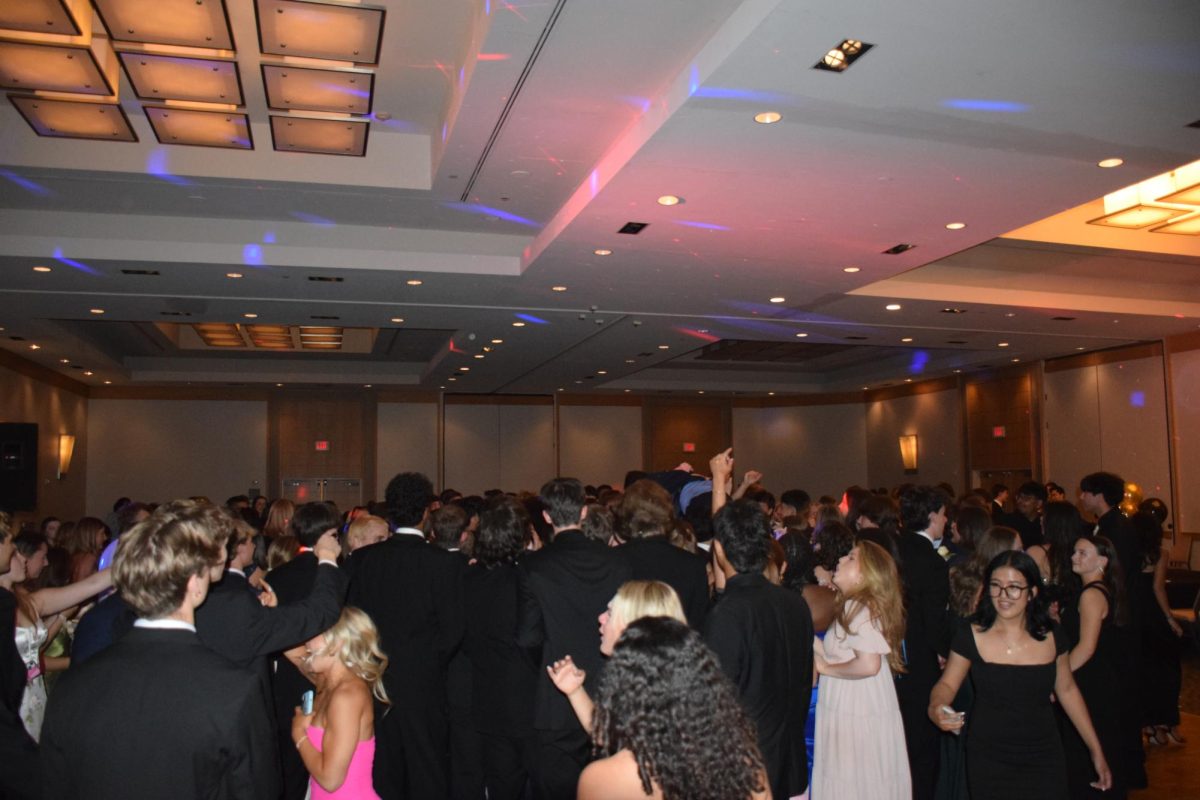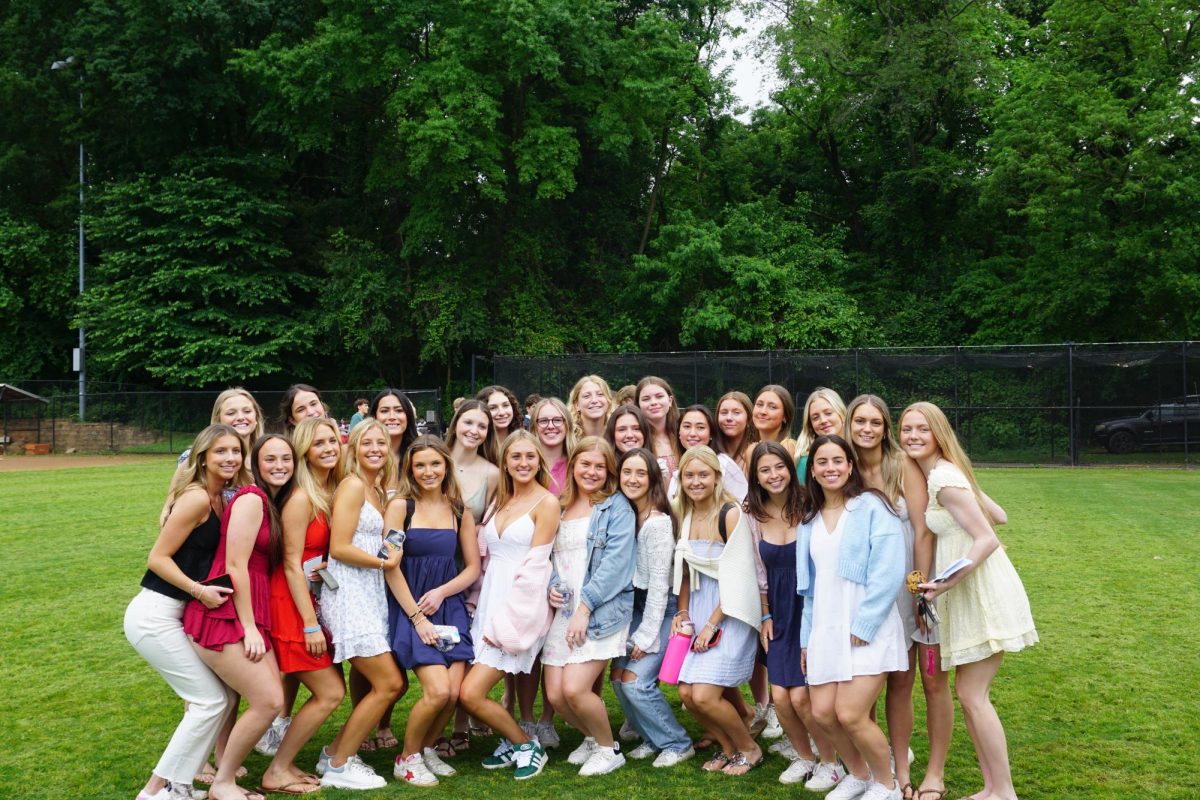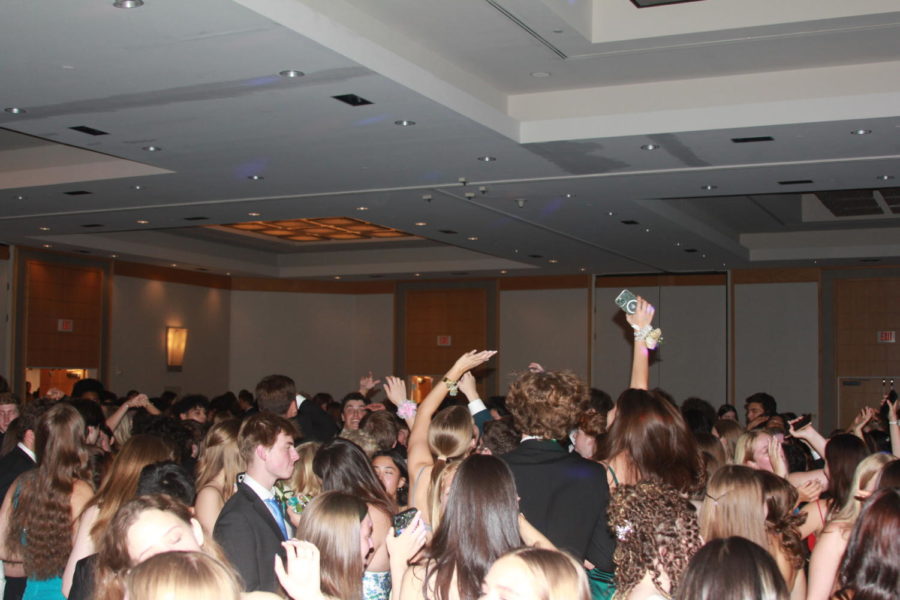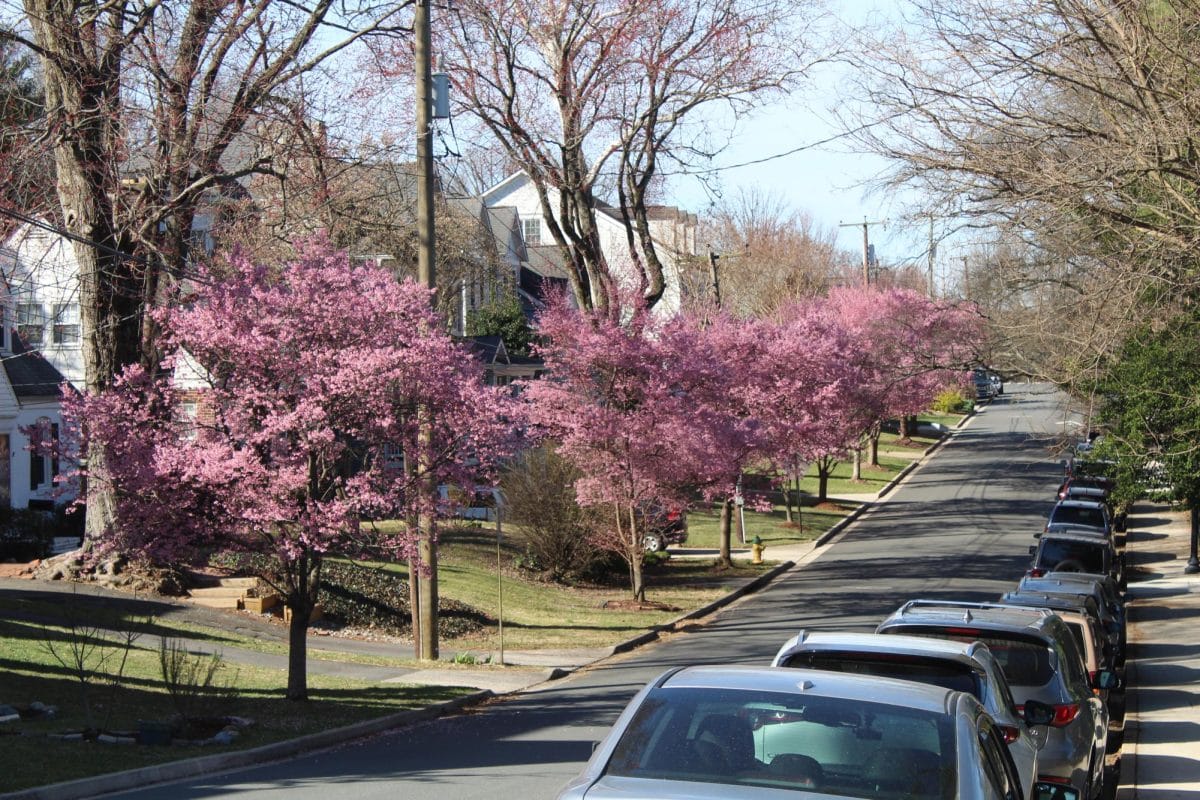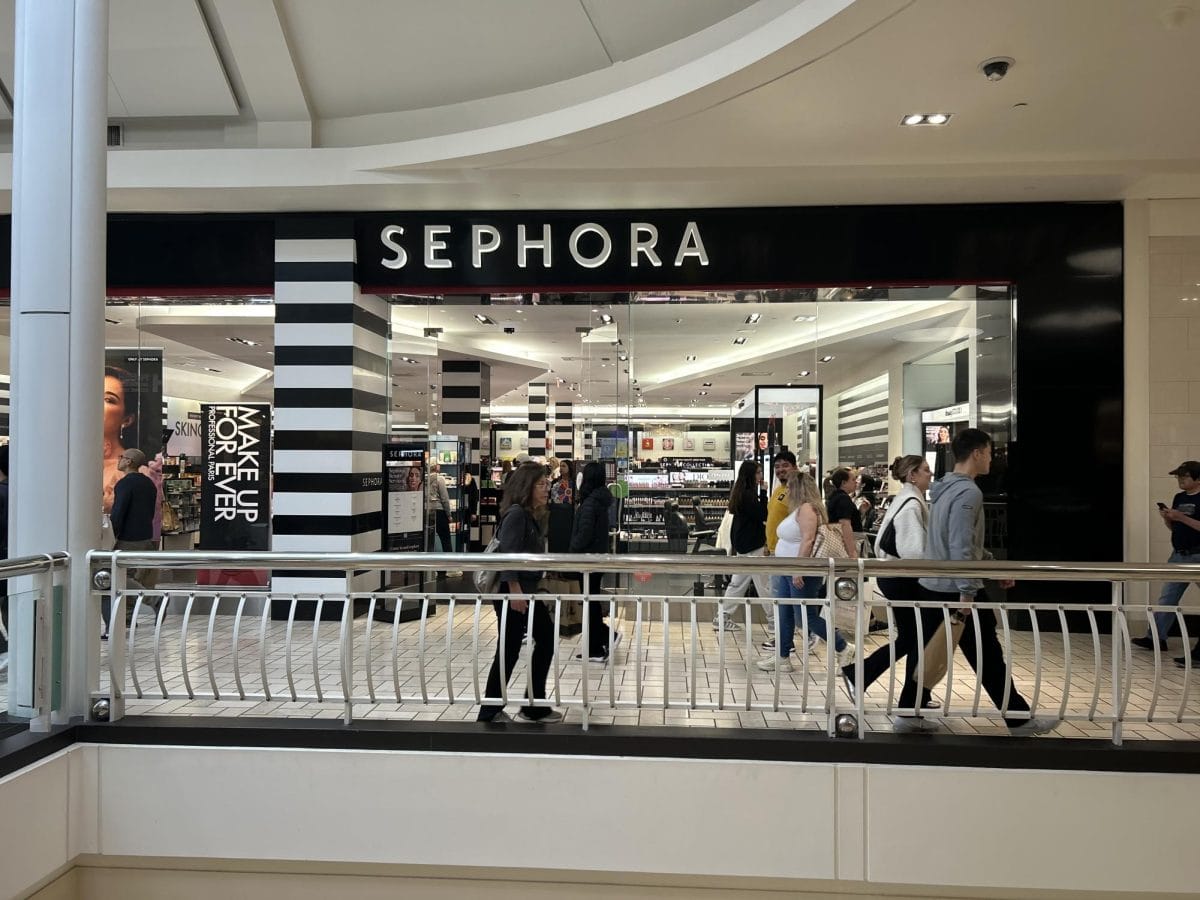By Sidney Kane
Sentry Staff Reporter
It is obvious when the famous cherry blossoms bloom in full beauty along the streets of the Metropolitan area. Throughout the years, they have become a symbol of peace, purity and the “evanescence of human life,” according to the US National Park Service website.
Surprisingly, the introduction of these significant trees began in 1885 when Mrs. Eliza Ruhamah Scidmore returned from a trip to Japan and proposed to the US Army Superintendent of the Office of Public Buildings and Grounds that cherry blossom trees should be planted along the Potomac waterfront. They declined, and over the next 24 years she worked to get her wish.
Dr. David Fairchild, US Department of Agriculture official and plant explorer, also had a fascination for the cherry trees and imported 100 trees to plant on his own property in Maryland to test their hardiness in 1906. He was happy with the success of his experiments and promoted the trees. On September 26, the Chevy Chase Land Company arranged to have 300 cherry blossom trees planted in the Chevy Chase area. In 1908, Fairchild gave cherry saplings to each DC school to plant in their schoolyards on Arbor Day. He also suggested that the “Speedway,” an area around the Tidal Basin, be turned into the “Field of Cherries.”
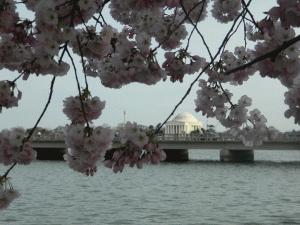
In April 1909, Scidmore raised money to purchase cherry blossoms to donate to DC. She sent an outline of her plan to Helen Herron Taft, the First Lady at that time, who had lived in Japan and also loved the trees. Taft replied with the suggestion of making an avenue of them and promised to plant them.
The day after the letter exchange, Dr. Jokichi Takamine, the Japanese chemist who discovered takadiastase and adrenaline, was in DC for a meeting. When he heard that cherry trees were to be planted, he donated an additional two thousand trees in the name of the City of Tokyo. Five days later, the Superintendent of the Office of Public Buildings and Grounds, Colonel Spence Cosby, US Army, purchased 95 more trees and planted them along the Potomac River near the Lincoln Memorial.
When the two thousand trees arrived months later, it was discovered by the Department of Agriculture that the trees were infested with nematodes and insects. The trees were proclaimed diseased and were burned; a dozen were kept for scientific experiments. Tokyo Mayor Yukio Ozaki made a second donation of 3,020 trees.
On March 27, 1912, Helen Herron Taft and the Viscountess Chinda, the wife of the Japanese Ambassador, planted two of the trees on the northern bank of the Tidal Basin. Those two original trees still stand to the west of the John Paul Jones Memorial, and a bronze plaque is situated at the bases to commemorate the occasion. This simple ceremony started the now well-known National Cherry Blossom Festival. Over the next seven years, the rest of the trees were planted around the Tidal Basin.
In 1935, the first Cherry Blossom Festival took place. On December 11, 1941, four days after the Japanese bombed Pearl Harbor, four cherry blossom trees were cut down in retaliation. To prevent further damage, the trees were named “oriental,” decreasing their connection to Japan.
March 30, 1954, Sadae Iguchi, the Japanese Ambassador to the US, presented to DC a 300 year old Japanese Stone Lantern to commemorate the 100th anniversary of the Treaty of Peace, Amity and Commerce between Japan and the US. The lantern is eight feet of granite that weighs two tons. Its lighting officially opens the National Cherry Blossom Festival to this day. In 1957, Yositaka Mikimoto, the President of Mikimoto Pearls, Inc., donated the Mikimoto Pearl Crown. It is now used at the coronation of the National Cherry Blossom Festival Queen. Because it has 1,585 pearls and two pounds of gold, it is purely ceremonial and is only worn for a few moments. The queen is then presented a smaller crown of gold to wear and keep. In 1958, the Mayor of Yokohama presented the Japanese Pagoda to be placed on the southwest bank of the Tidal Basin. It was hewn out of rough stone and symbolizes “the spirit of friendship.”
In 1965, the Japanese Government donated another 3,800 trees to Bird Johnson, the wife of President Lyndon Baines Johnson. These were American-grown and were planted on the Washington Monument grounds. Bird Johnson and Ryuji Takeuchi, the wife of Japan’s Ambassador, reenacted the planted ceremony of 1912.
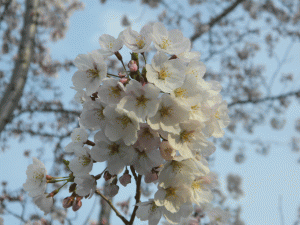
Audrey Hessler, a freshmen, recently went to see the cherry blossoms around the Thomas Jefferson memorial with her family, although her favorite place to enjoy the trees is at the Franklin D Roosevelt memorial.
“The experience was great because we have such great monuments that people from all over the world can visit,” she explained.
“[The Tidal Basin] is one of the most romantic areas in DC,” added Jason Chan, a junior. He and his family walked along the water of the Tidal Basin last year.
Nicole O’Connor, a freshman, walked around the Tidal Basin with her family as well. Her favorite places to view the trees are in the rentable paddle boats and along the Basin.
“My favorite part of the experience was standing directly under the cherry blossoms,” said O’Connor.
Dylan Finnegan, a sophomore, noted that the trees looked nice around this time of year.
“We appreciate them a lot,” Finnegan said.
Other exchanges and gifts have been presented throughout the years to the benefit of both the US and Japan. Through this, the cherry trees remain an important symbol and an agent of friendship.
“If I could say anything to the people who brought cherry blossoms here, I’d say thank you for sharing your culture with us,” concluded Chan.

